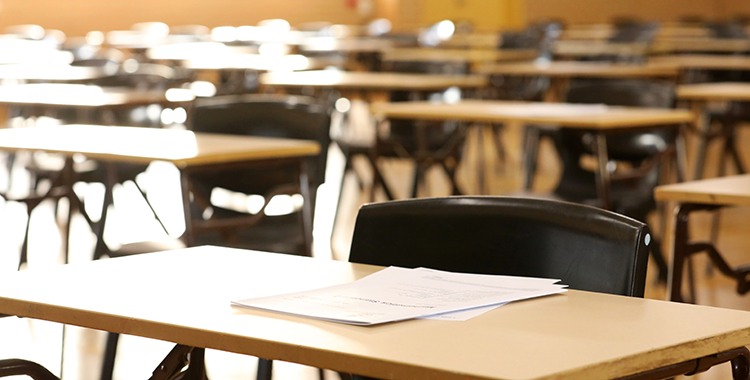How Schools Will Integrate
The U.S. Supreme Court may not be that much of an impediment to schools that seek to integrate voluntarily.
Last week, the court struck down two school integration plans that used race as a factor in school assignments. But a controlling opinion by Justice Anthony M. Kennedy indicated that some narrowly tailored plans could pass muster, ABAJournal.com reported last week.
That gives some leeway to school districts seeking to balance the racial makeup of particular schools, Jeffrey Rosen writes in the New York Times. Districts will use “proxies for race,” perhaps considering whether families are headed by a single parent, struggling with finances or in low-income neighborhoods.
Peter Schuck of Yale Law School told Rosen that schools will act in response to political pressure to integrate. “School districts are going to continue to do indirectly what they tried to do directly,” he says.
Texas and California are examples. They responded to a ban on affirmative action by admitting the top graduates from every high school to the best public universities. That helped ensure that students from diverse neighborhoods were represented.
The examples show how difficult it is for a court decision, or even a law, to transform society, Rosen says. The court is most effective, he writes, when the court’s decisions are reinforced by political commitment.



